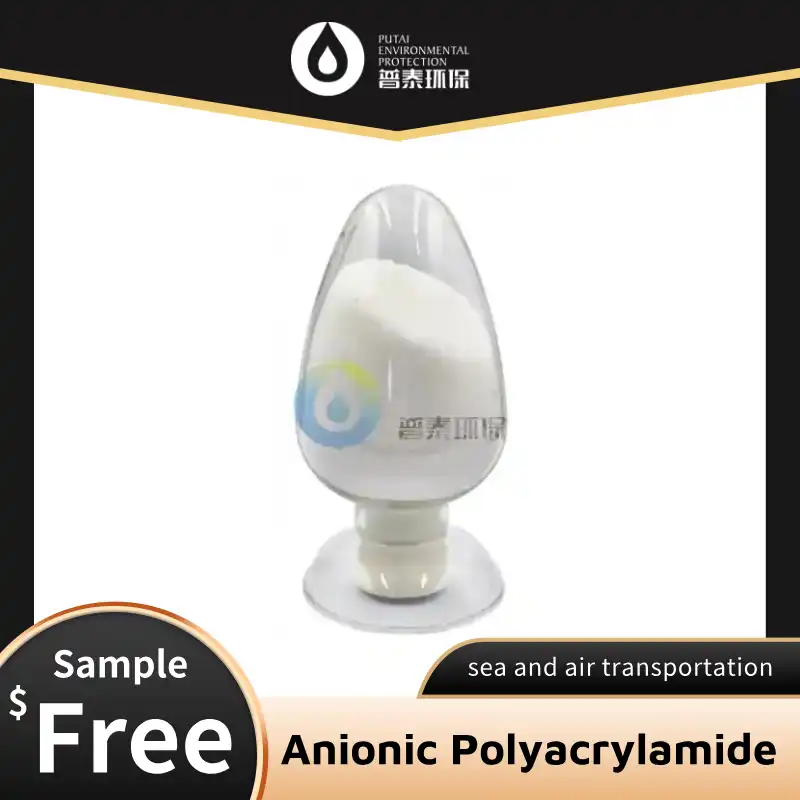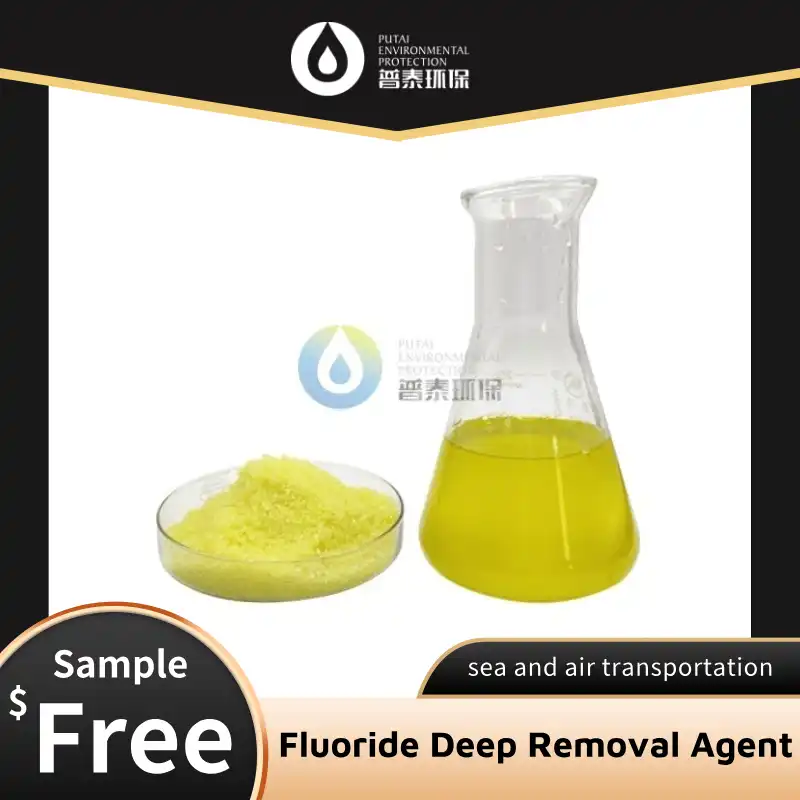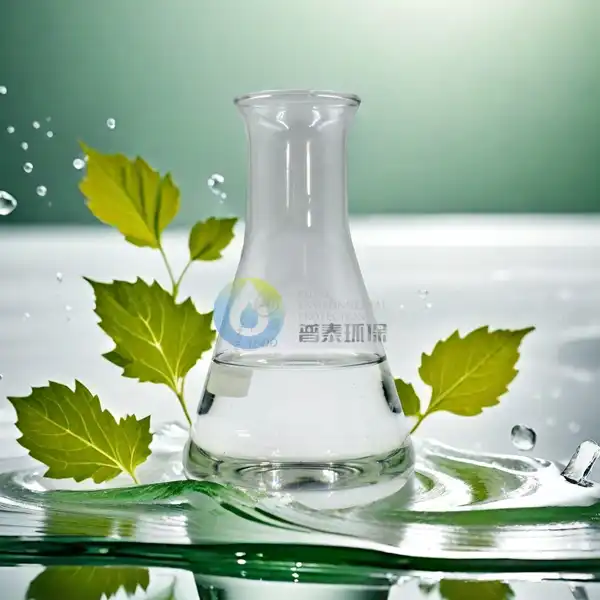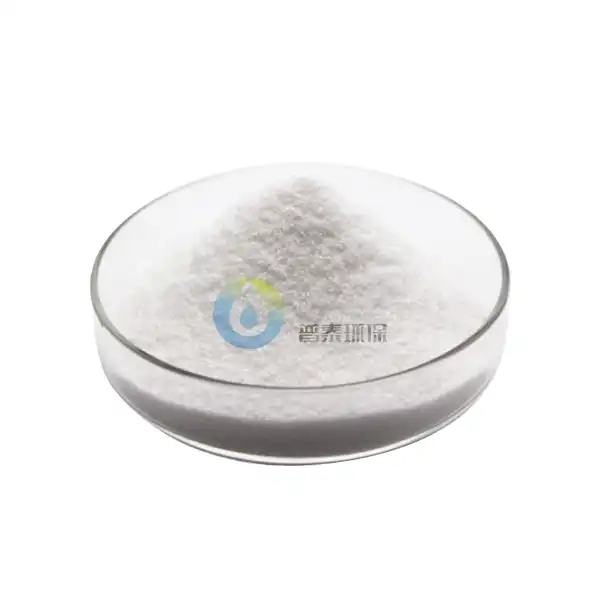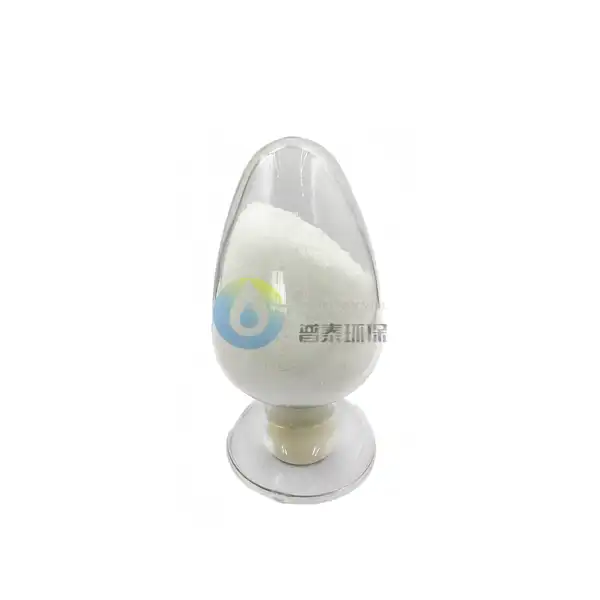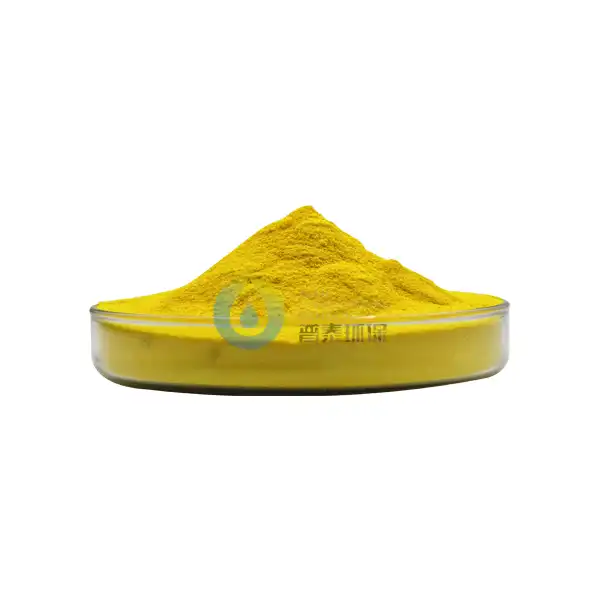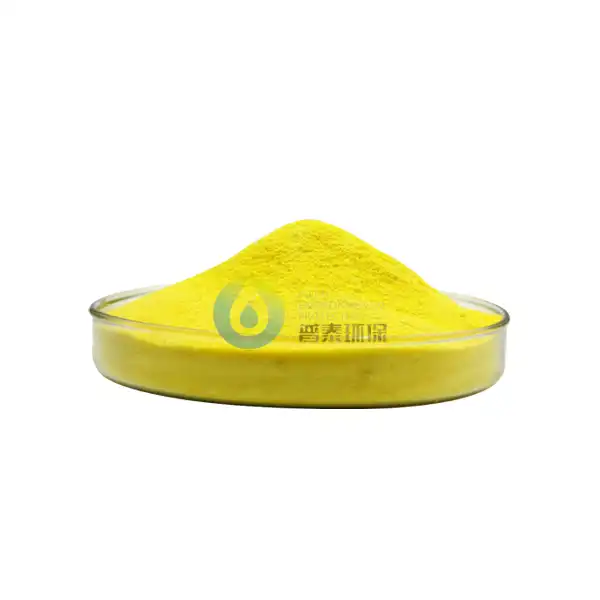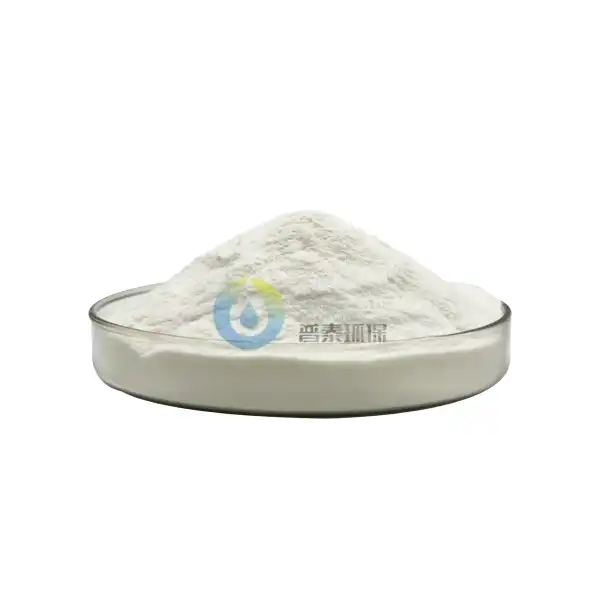What is the Al₂O₃ Content in Poly Aluminium Chloride Liquid?
Poly Aluminium Chloride (PAC) liquid is a crucial coagulant used in water treatment processes. One of the key factors that determine its effectiveness is the Al₂O₃ (aluminium oxide) content. In this comprehensive guide, we'll explore the significance of Al₂O₃ in Poly Aluminium Chloride liquid, how it's measured, and why it matters for water treatment applications. PAC is a complex inorganic polymer that contains positively charged aluminium species. These species are responsible for neutralizing negatively charged particles in water, allowing them to clump together and form larger, more easily removable flocs. The Al₂O₃ content in PAC liquid is a measure of its active ingredient concentration, which directly impacts its coagulation efficiency.
How to measure Al₂O₃ percentage in PAC liquid?
Accurately determining the Al₂O₃ content in Poly Aluminium Chloride liquid is essential for quality control and dosage calculations. Several analytical methods are available for this purpose:
- Gravimetric Analysis: This traditional method involves precipitating aluminium as aluminium hydroxide, then calcining it to form Al₂O₃. The resulting oxide is weighed to determine the percentage. While accurate, this method is time-consuming and requires skilled technicians.
- Complexometric Titration: This technique uses EDTA (Ethylenediaminetetraacetic acid) as a titrant to form a complex with aluminium ions. The endpoint is detected using a suitable indicator. This method is relatively quick and widely used in industrial settings.
- Atomic Absorption Spectroscopy (AAS): AAS offers high precision and is particularly useful for low concentrations. It measures the absorption of light by aluminium atoms in a flame or graphite furnace.
- Inductively Coupled Plasma (ICP) Spectroscopy: ICP techniques, including ICP-OES and ICP-MS, provide excellent sensitivity and can measure multiple elements simultaneously. They're ideal for comprehensive analysis of PAC composition.
- X-ray Fluorescence (XRF): This non-destructive method is suitable for rapid analysis of Al₂O₃ content in both liquid and solid PAC samples. It's particularly useful for on-site quality control checks.
Each method has its advantages and limitations. The choice depends on factors such as required accuracy, sample volume, available equipment, and analysis time. Many water treatment facilities and PAC manufacturers use a combination of these techniques to ensure reliable results.
Standard Al₂O₃ ranges for industrial vs. drinking-grade PAC
The Al₂O₃ content in Poly Aluminium Chloride liquid can vary significantly depending on its intended application. Generally, PAC products are categorized into two main grades:
Industrial-grade PAC
Industrial-grade PAC is typically used for wastewater treatment, papermaking, and other industrial applications. The Al₂O₃ content for this grade usually ranges from 10% to 18%. Some key characteristics include:
- Lower purity requirements
- Higher tolerance for impurities
- Often more cost-effective for large-scale applications
- May contain trace amounts of heavy metals
Drinking-grade PAC
Drinking-grade PAC is specifically formulated for potable water treatment and must meet stricter quality standards. The Al₂O₃ content for this grade typically ranges from 8% to 12%. Notable features include:
- Higher purity standards
- Stricter limits on impurities and heavy metals
- Often more expensive due to additional purification steps
- Compliant with drinking water regulations
It's important to note that these ranges are general guidelines, and specific products may fall outside these ranges. Always consult the manufacturer's specifications and relevant water treatment regulations when selecting a PAC product.
Why does Al₂O₃ concentration impact coagulation efficiency?
The Al₂O₃ content in Poly Aluminium Chloride liquid is a crucial factor in determining its coagulation efficiency. Here's why it matters:
Active ingredient concentration
Al₂O₃ represents the active aluminium species in PAC that are responsible for charge neutralization and particle destabilization. A higher Al₂O₃ content generally indicates a more concentrated product with greater coagulation potential.
Dosage optimization
Knowing the precise Al₂O₃ content allows water treatment operators to calculate the optimal dosage for their specific water quality conditions. This helps prevent underdosing (which leads to poor treatment) or overdosing (which wastes chemicals and can introduce excess aluminium into treated water).
Hydrolysis species distribution
The Al₂O₃ concentration influences the distribution of various aluminium hydrolysis species in the PAC solution. These species, such as Al₁₃ polymers, play different roles in the coagulation process. Higher Al₂O₃ content often correlates with a higher proportion of more effective coagulating species.
pH buffering capacity
PAC products with higher Al₂O₃ content typically have a greater buffering capacity, which helps maintain a stable pH during the coagulation process. This can be particularly beneficial when treating waters with low alkalinity.
Floc formation and strength
The Al₂O₃ concentration can affect the size, density, and strength of the flocs formed during coagulation. Higher concentrations often lead to larger, more robust flocs that settle more quickly and are easier to remove through sedimentation or filtration.
Temperature performance
PAC products with higher Al₂O₃ content generally perform better in cold water conditions. This is due to the presence of more pre-hydrolyzed aluminium species, which remain active even at lower temperatures.
Residual aluminium
The Al₂O₃ content can influence the amount of residual aluminium in treated water. Proper dosing based on accurate Al₂O₃ concentration helps minimize residual aluminium, which is important for meeting drinking water standards and preventing downstream issues in distribution systems.
Understanding the relationship between Al₂O₃ content and coagulation efficiency is crucial for optimizing water treatment processes. Water treatment professionals must consider this factor alongside other parameters such as basicity, specific gravity, and pH to select the most appropriate PAC product for their needs.
Comparative coagulation efficiency
Research has shown that PAC products with higher Al₂O₃ content often exhibit superior coagulation efficiency compared to traditional coagulants like alum or ferric chloride. This improved performance is attributed to:
- Higher charge neutralization capacity
- Faster floc formation kinetics
- Broader effective pH range
- Better performance in low-temperature conditions
However, it's important to note that coagulation efficiency is not solely dependent on Al₂O₃ content. Other factors, such as the specific aluminium species present, the basicity of the PAC, and the characteristics of the water being treated, also play significant roles.
Economic considerations
While PAC products with higher Al₂O₃ content may be more expensive per unit volume, they often prove more cost-effective in the long run due to:
- Lower required dosages
- Reduced sludge production
- Improved overall treatment efficiency
- Potential energy savings in mixing and sludge handling
Water treatment plant operators must carefully evaluate the trade-offs between product cost, treatment efficiency, and operational considerations when selecting a PAC product based on its Al₂O₃ content.
Environmental impact
The Al₂O₃ content in PAC can also have environmental implications:
- Lower dosage requirements for high-Al₂O₃ products can reduce the overall chemical footprint of water treatment operations.
- Improved coagulation efficiency can lead to better removal of contaminants, resulting in higher quality treated water and reduced environmental impact.
- However, care must be taken to prevent overdosing, which could lead to elevated aluminium levels in treated water and potential ecological effects in receiving water bodies.
Sustainable water treatment practices involve balancing treatment efficiency with environmental considerations, making the selection of an appropriate PAC product based on its Al₂O₃ content a critical decision.
Future trends and innovations
As water treatment technologies continue to evolve, we can expect to see innovations in PAC formulations and applications related to Al₂O₃ content:
- Development of ultra-high Al₂O₃ content PAC products for specialized applications
- Advanced manufacturing processes to optimize the distribution of aluminium species
- Integration of PAC with other treatment technologies for synergistic effects
- Smart dosing systems that automatically adjust based on real-time Al₂O₃ measurements
Staying informed about these developments will be crucial for water treatment professionals seeking to optimize their processes and achieve the best possible water quality outcomes.
Conclusion
The Al₂O₃ content in Poly Aluminium Chloride liquid is a critical parameter that significantly influences its coagulation efficiency and overall performance in water treatment applications. By understanding the relationship between Al₂O₃ concentration and various treatment factors, water professionals can make informed decisions to optimize their processes, reduce costs, and improve water quality.
Are you looking for high-quality Poly Aluminium Chloride liquid with optimal Al₂O₃ content for your water treatment needs? Look no further than Xi'an PUTAI Environmental Protection Co., Ltd. With over 16 years of experience in the production and R&D of water treatment chemicals, we offer a wide range of PAC products tailored to meet the specific requirements of both industrial and drinking water applications. Our state-of-the-art manufacturing facilities and rigorous quality control ensure that you receive PAC solutions with consistent and reliable Al₂O₃ content. Don't compromise on your water treatment efficiency – choose PUTAI for superior coagulation performance and exceptional customer service. Contact us today at sales@ywputai.com to discuss your PAC needs and discover how we can help optimize your water treatment processes.
References
1. Zhang, L., et al. (2019). "Influence of Al₂O₃ content on the coagulation performance of polyaluminum chloride: A comprehensive study." Water Research, 156, 215-224.
2. Wang, D., et al. (2020). "Optimization of Al₂O₃ concentration in polyaluminum chloride for enhanced water treatment efficiency." Journal of Environmental Chemical Engineering, 8(4), 104031.
3. Liu, H., et al. (2018). "Comparative study on the effects of Al₂O₃ content in industrial and drinking-grade polyaluminum chloride." Separation and Purification Technology, 209, 426-433.
4. Chen, Y., et al. (2021). "Advanced analytical techniques for determining Al₂O₃ content in polyaluminum chloride: A review." Analytical Methods, 13(22), 2456-2470.

